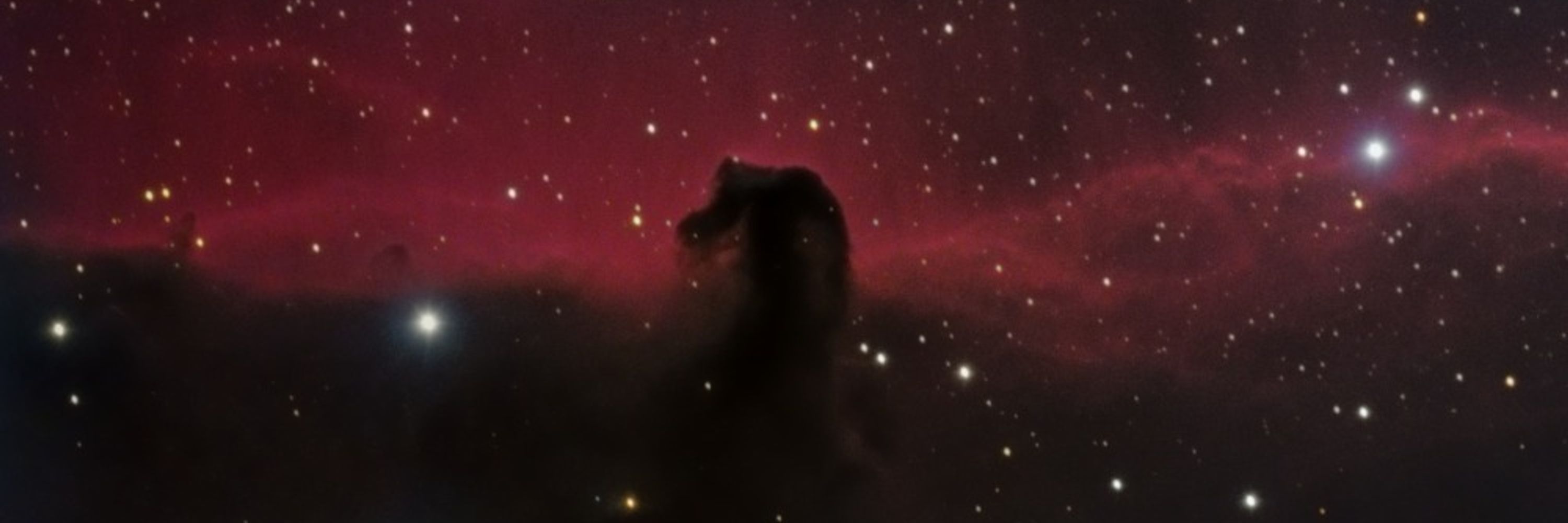



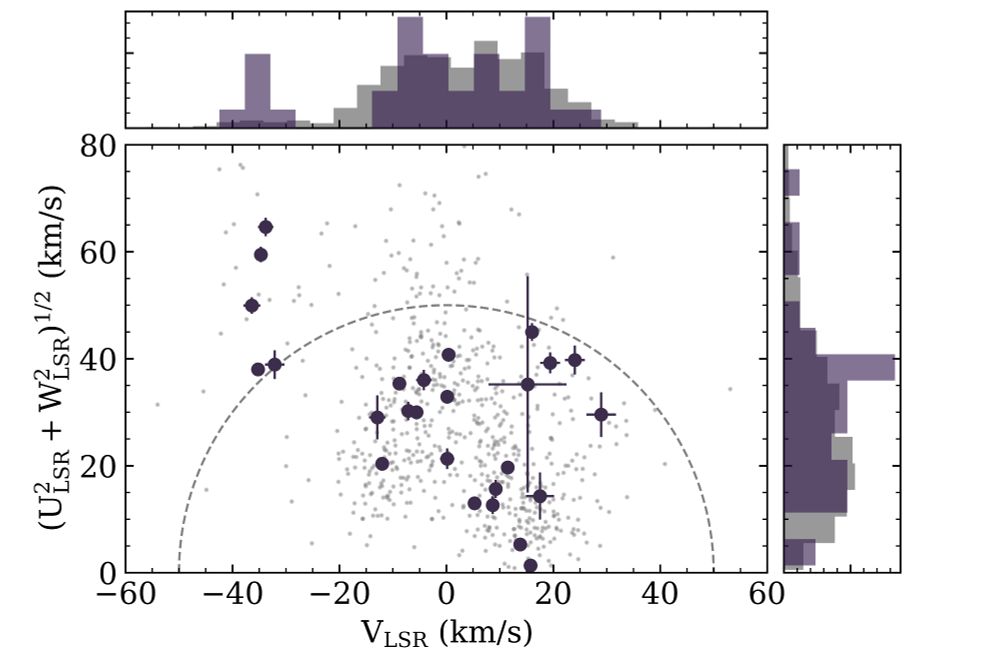
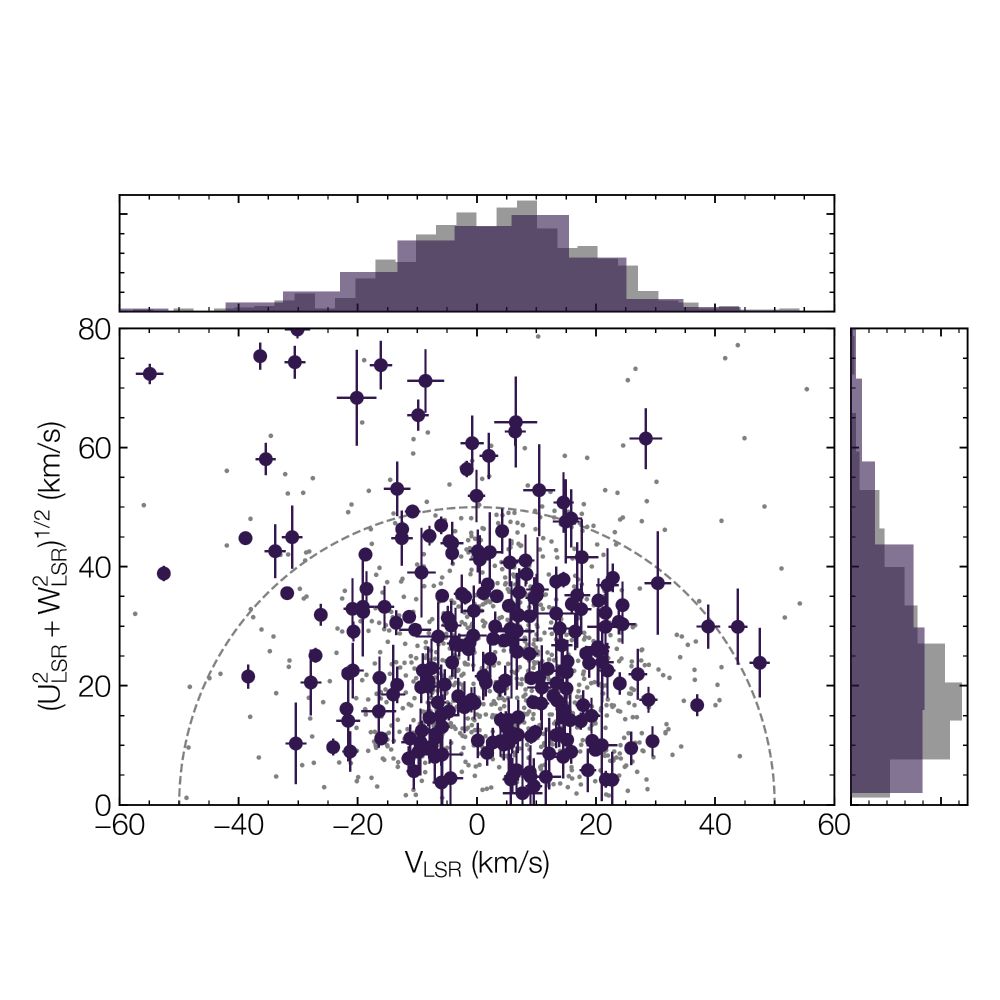
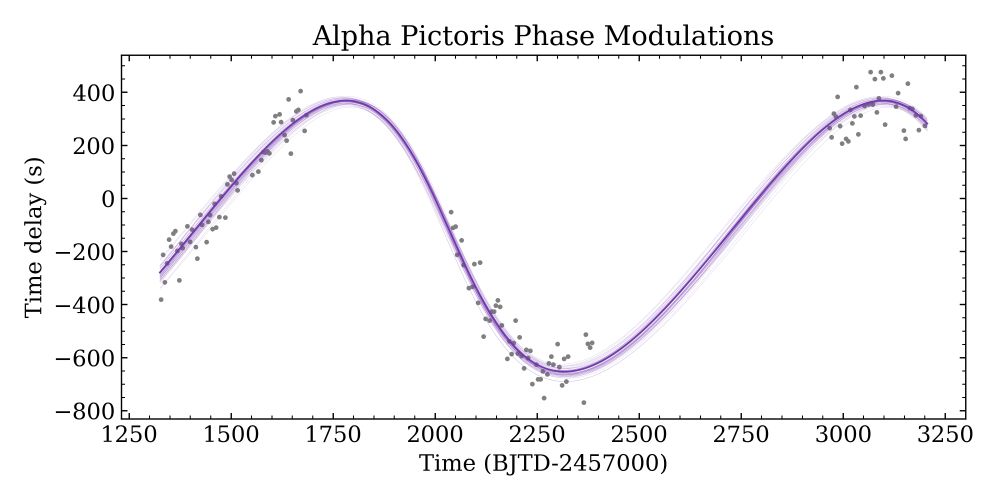
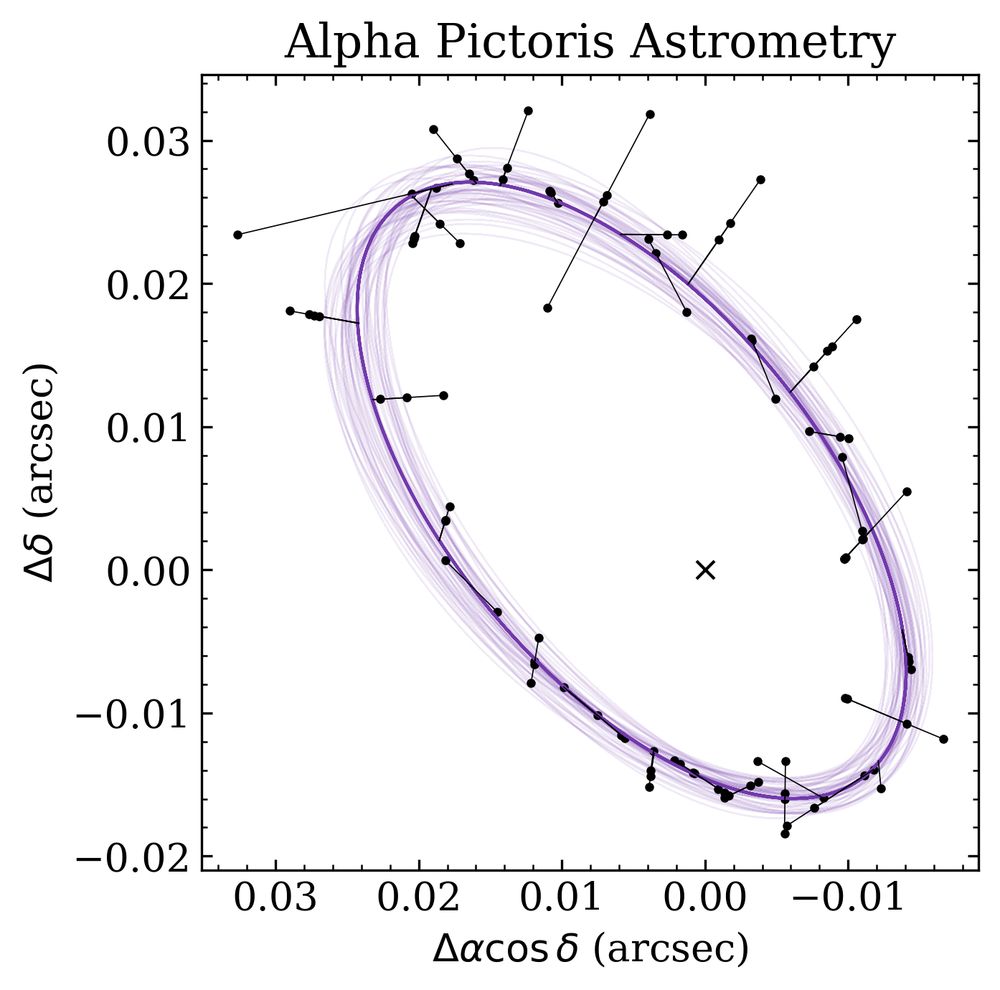
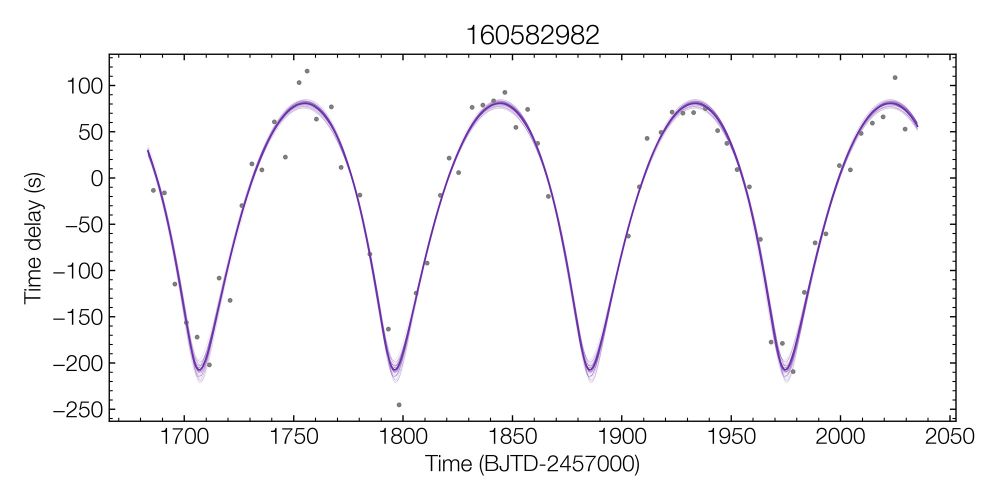
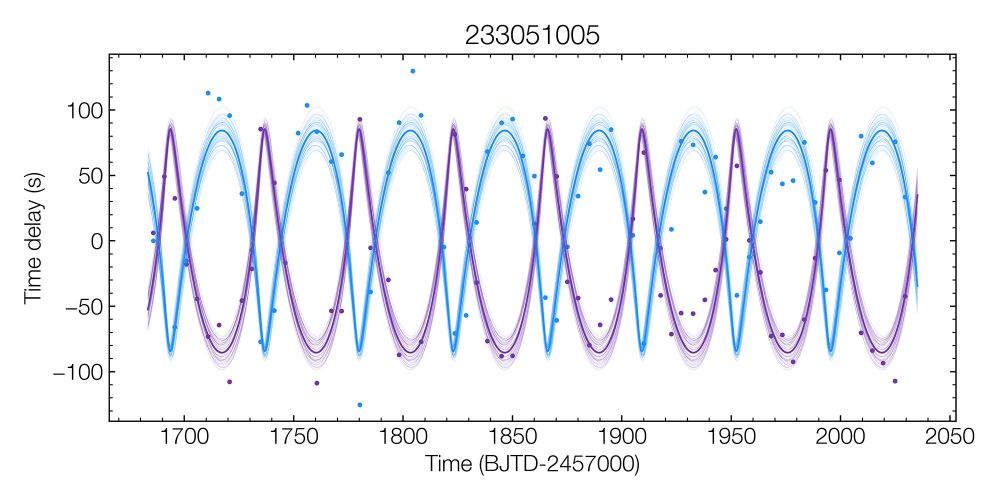
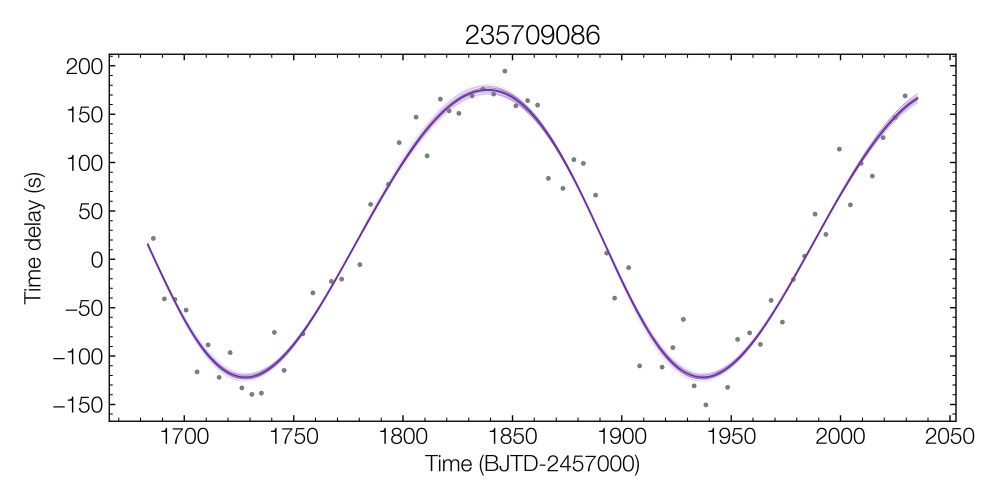









arxiv.org/abs/2410.19729
Paper thread below ⬇️

arxiv.org/abs/2410.19729
Paper thread below ⬇️
I've been photographing this comet for the past couple days, and I've been blown away by how bright it is. Can't wait to get back out for more tonight!
Location: Queensland, Australia
Equipment: Sony A7IV with 100mm lens, tracked.
#astrophotography 🔭
I've been photographing this comet for the past couple days, and I've been blown away by how bright it is. Can't wait to get back out for more tonight!
Location: Queensland, Australia
Equipment: Sony A7IV with 100mm lens, tracked.
#astrophotography 🔭



